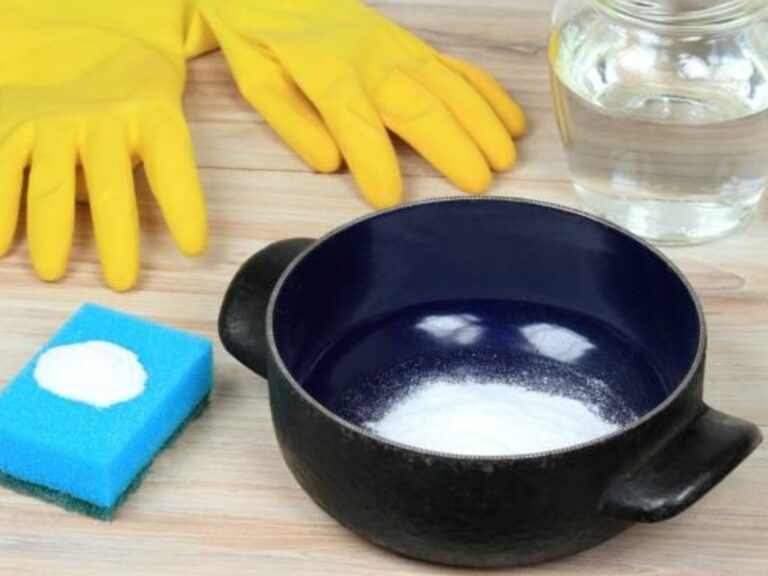
Experts warn of sagging and premature aging
Running boom increases demand for dermatology and beauty care
With the rise of new runners and the arrival of summer, dermatologists and plastic surgeons explain how intense training can affect your skin (leading to sagging and premature aging) and your body, and which strategies can help maintain firmness, collagen, and natural beauty.
Brazil is experiencing one of the most remarkable moments in compliance with physical activity. According to IBGE (2024), 39.4% of Brazilians already exercise regularly, the highest percentage in any historical series. Among trending sports, running has emerged as the new ‘healthy addiction’, drawing crowds to the streets, treadmills and trails. However, with the growth of the sport and the arrival of summer, there is also an increased exploration of dermatological and cosmetic care for those who train, creating a new integrated approach between dermatology and plastic surgery.
skin is the most damaged
The skin, the body’s largest organ, is the first to reflect the effects of your sports routine. Friction, sweat, sunlight, and hormonal changes can cause inflammation, age spots, and premature aging. “Everyone who plays sports or does physical activity needs to take care of their skin. Skin care is a concern, especially during long and intense training, but when athletes are healthy, they feel more confident, train better and experience less physical discomfort,” explains Carla Acedo, a dermatologist who heads the Carla Acedo Group in Rio de Janeiro and is a reference in clinical and aesthetic dermatology.
In endurance sports like running and triathlons, constant friction and heavy sweating can cause irritation and diaper rash. In water sports, chlorine strips natural oils from the skin, and excessive sun spots and rashes are common among cyclists. “Each sport has its own characteristics: swimmers need to protect their skin barrier, runners need to use sunscreen and keep their skin well-hydrated, and cyclists need technical clothing and strict hygiene. Prevention is always the best cure,” advises Carla.
Effects of running on skin that causes sagging skin
In addition to dermatological clothing, plastic surgeon Mayeve Corallo, a member of the Brazilian Society of Plastic Surgeons, also focuses on the structural changes that frequent running causes to the body. “Running is a great activity, but it’s also high-impact. Since running uses up fat and lean body mass, more than ideal fat loss can lead to sagging of the body and face. Fat acts as a filler for the skin, which means if it’s lost too much, it’s common for the face to ‘melt away’ and look older.” ” explains the doctor.
According to Maieb, the intensity and duration of your workouts are directly related to promoting sagging and collagen breakdown. “Extremely long runs or intense training sessions end up causing micro-damage that the body can’t fully repair. This reduces collagen and fat and accelerates aging. Balance is essential for both performance and beauty,” he warns.
What can I do to prevent sagging?
To prevent these effects, plastic surgeons recommend combining a collagen stimulation routine with adequate nutrition and hydration. “Those who train frequently can perform a monthly radiofrequency protocol to stimulate collagen without stopping exercise. Injectable biostimulants such as polylactic acid and calcium hydroxyapatite can help restore volume and improve skin firmness. The key is to combine technology, a protein-rich diet, and plenty of water,” adds Maiev Corallo.
Sports dermatology offers specialized care for people who exercise on a daily basis. Water-resistant sunscreen, breathable UV protection clothing, and post-workout calming products are must-haves. “Care should start before training: protection, prevention and light hydration after exercise. This simple routine prevents everything from folliculitis to accelerated photoaging,” emphasizes Carla Aced.
The doctor also emphasizes that dermatological care goes beyond aesthetics. “Hormones, sleep, diet and stress directly impact skin and performance. Our job is to care for our patients completely, without separating health from appearance,” he concludes.



